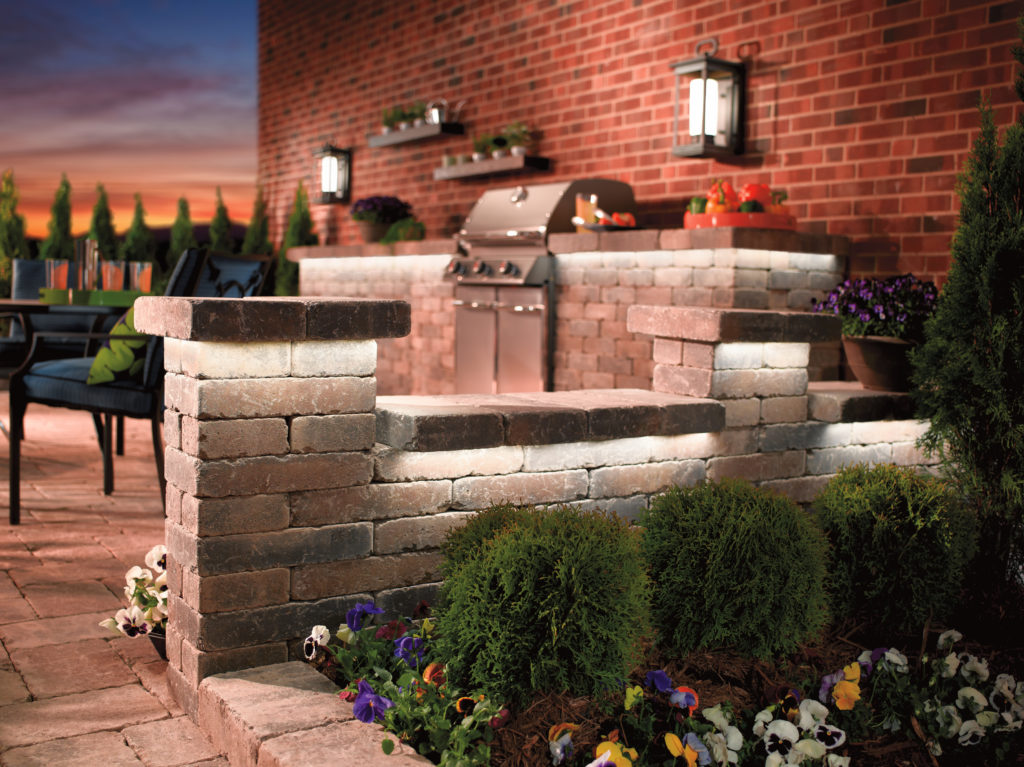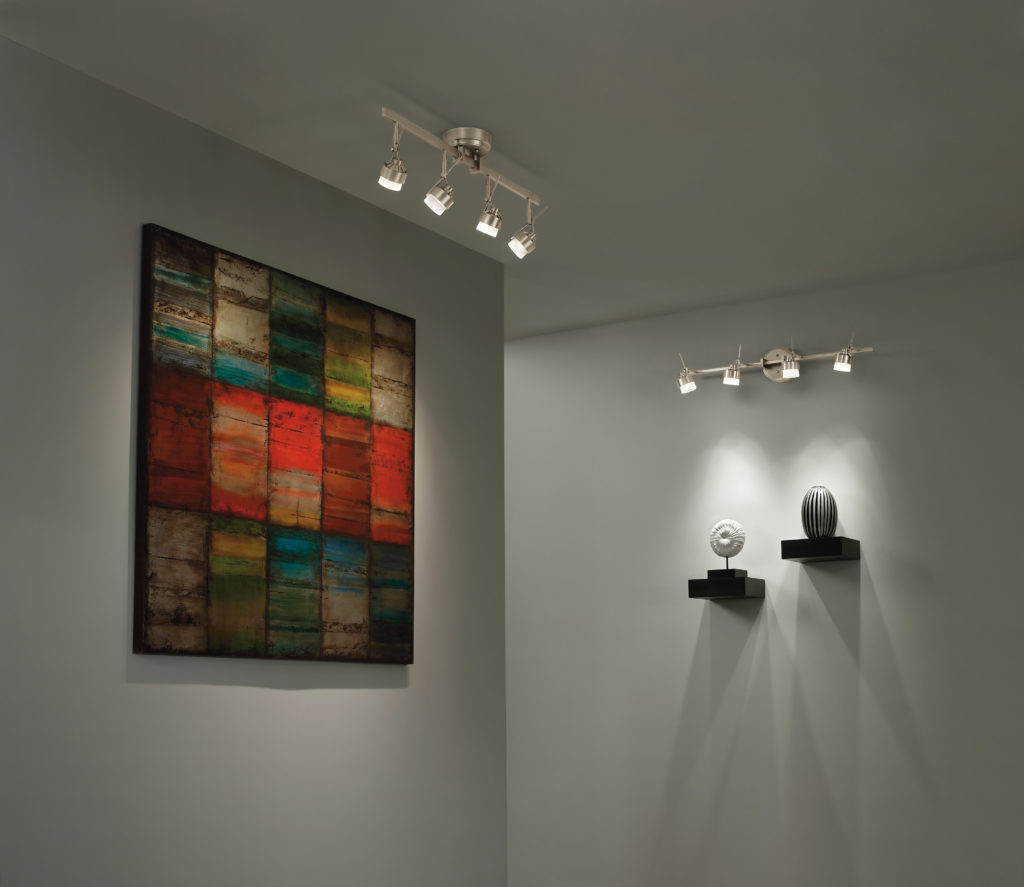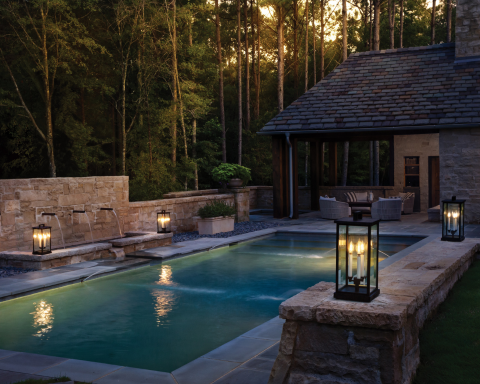Free Ground Shipping on Orders Over $49 Details & Exclusions Excludes Curb Side Delivery (LTL). Lower 48 United States Only.
Apr 12, 2018
The Many Benefits of Adding LED Lighting to Your Home

We’re big fans of LED lighting. Maybe you haven’t spent much time thinking about making the switch to some LED lights. Or, perhaps, you thought, “Well, it sounds nice, but there are reasons not to use it. It probably costs too much / is a hassle / won’t look as good/other very logical and sensible reasons. So, why switch to LED lighting?
As it turns out, there are many perks and benefits to using LED lights and bulbs. They range from economic to aesthetic and design reasons and even the issue of environmental friendliness.
So, if you’ve been thinking of making the switch to LED lights – or even if you haven’t – below are some of the reasons you’ll probably want to consider doing so.
Why switch to LED lighting?
Many reasons! LED lights are more economical over time, and they are a greener light source. The bulbs are made from highly durable materials, and they last longer than traditional incandescent lights. Companies and even homeowners that make use of fluorescent lights in their workspaces that make the switch find that LEDs are also much quieter than fluorescent lights, allowing for greater productivity in a less-distracting environment. These lights also work in a broad range of temperatures. Next, we’ll explain these reasons – and more – each in a bit more depth.
Cost savings
We’ll be blunt: LED light bulbs cost more than incandescents. The logical conclusion, then, is that LED is more expensive. Sounds plausible.
But that’s only true up front.
LED lighting, from an economic perspective, is a longer-term investment. Think about this: replacing one incandescent bulb with an LED equivalent can save you $30 or more over time. Even as much as $80.
That’s money back in your pocket.
Much of the cost savings comes from the fact that LED lights consume a lot less energy than incandescent bulbs to generate an equivalent amount of light. In fact, they can generate that light with as much as 85% less energy consumed.
Now multiply those cost savings to you by each light you would consider replacing with LED. Maybe it’s 2. Or 10. 30. Multiplied by that $80 in potential savings, and that’s a lot of money you can spend on other things. Like a brilliant looking chandelier, for starters.
So unless you’re the kind of person who enjoys pouring gasoline on their hard-earned cash and lighting it up just for fun, this is at least one good reason why you should at least think about using some LEDs.
Environmental friendliness
With Earth Day right around the corner, you may be thinking about how you can help the environment and live a greener lifestyle. The use of LED lighting is the easiest way to do this.
For starters, there are the previously mentioned energy savings. Those energy savings are a tremendous reduction in your carbon footprint. A significant portion of your carbon footprint comes from electricity use and a substantial amount of that is coming from your lights alone.
So the energy savings you’ll generate from using LED bulbs are an easy way to cut down on that carbon footprint.
There are other considerations as well. While Incandescent lights may not specifically contain Mercury, a highly toxic substance. They can have a higher overall Mercury footprint based on coal-fired power plants providing more energy necessary to power them.
Disposibility of Incandescent bulbs isn’t ideal as well, while LED bulbs are recyclable. Happy Earth Day to you!

Longer lasting
On average, incandescent light bulbs provide around 1,000 hours of illumination. LED lights last a substantially longer period of time. Depending on the light that you choose, you can expect to receive anywhere from 25,000 to 50,000 hours of light. This adds years to the longevity of your bulbs. That means less time spent shopping for bulbs and less time standing on ladders changing out those hard to reach lamps.
Flexibility
Two distinct ways in which LED lights are a flexible lighting solution are their directionality and their color temperature.
Directionality: Incandescent bulbs send light in all directions at the same time. LEDs allow you the ability to change the direction of the light. This means that you can focus the light in the direction that it is needed to accomplish your lighting goal. This may be especially useful for accent or task lighting in a room where other lights are being used for ambiance. Ultimately, being able to control the direction of the light being shined helps you to gain more freedom over your design decisions.
Color Temperature: While early LEDs only came in a cold, white light, newer LED lights have a variety of colors. Each light bulb has a correlated color temperature that is measured in Kelvins. If you want a warmer, yellow light that is similar to the light produced by incandescent bulbs,, look for LEDs that have lower Kelvins. Higher Kelvin LED lights produce cooler, bluer hues. Since your lighting needs may change over time, it is handy that LEDs are compatible with different color temperatures, increasing the overall flexibility of the fixtures.
Some homeowners have been reticent to make the switch to LED lighting because they think that doing so will require substantial rewiring. Modern bulbs now are able to be screwed into the same receptacles that your incandescents use. There are also some beautiful light fixtures that you can choose that will handle either incandescent or LED lights such as this Kichler Wall Sconce. The built-in flexibility of such fixtures enables you to have the lighting you want for virtually any situation or occasion as things change over time.
Other Useful Features:
Dimmers
The use of dimmers is another way to achieve flexibility and control over your lighting. Though most LEDs are dimmable, you will want to check that the LEDs you are purchasing are compatible with the dimmers you are currently using.
You can check the compatibility of the LED lights with your current dimmer switch by researching online, or you can simply ask us whether it will work with the dimmer switch that you have. Quoizel Large Pendant, which provides a mesmerizing swirl-pattern and is a dimmable light.
Quiet
As compared to the fluorescent tubes that you have likely seen in many commercial settings, LED lights are much quieter. This feature makes them especially appealing to businesses because they are less distracting and may help workers to concentrate on their tasks. The same would be the case, for example, if you have a workshop in your home garage that uses fluorescents.
LED lights work in a broad range of temperatures
Unlike other types of bulbs, LEDs can be used in a broad range of temperatures. This makes them a great option for your outdoor lights. For example, you can use LED lights in the Quoizel Stonington Outdoor Post Lamp, providing illumination outside that you can trust even in cold temperatures.
LED Bulbs by Bulbrite
Bulbrite is a top manufacturer and supplier of energy-efficient bulbs. Focused on form and function, Bulbrite offers innovative light bulbs to the market. With a state-of-art in-house laboratory, the company provides unique products you won’t find anywhere else. Their exclusive line of bulbs promises unparalleled quality and style.
Whatever your lighting needs and preferences are, Bulbrite has the bulb for you. Shop Bulbrite’s selection of energy-efficient, cost-effective LED bulbs.
Why switch to LED lighting? There are many reasons that doing so makes sense. While the initial capital outlay to change your lights to LEDs might seem costly, you will realize substantial savings in the long run. In addition to knowing that you are using a much greener alternative, you will likely be surprised at how much your electric bill decreases.




